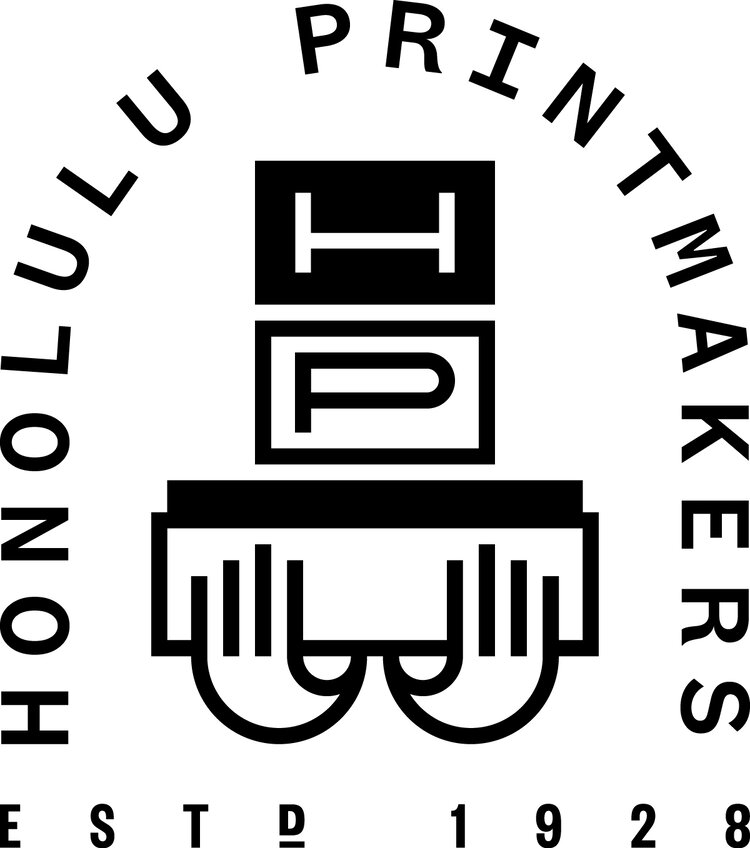On view September – October 20th , 2023
Artist’s Statement
The work in this exhibition is made from trash, the refuse of my studio practice – trimmings, offcuts, rejects, the byproducts of the last six years of work – saved and sorted and processed into something new.
In this work I’ve proposed "solutions" for confronting my waste-stream, while contemplating notions of productivity, authorship, and the constituents of work. I was thinking about time (What is it? Can we ever “have” it, waste it, etc.?). Also, labor and value, and their interactions and contradictions. Does value follow labor? What are the implications for work and creativity when the unintended byproducts, the spin-off processes of practice, or happenstance incur more interest or reward. I think a lot about where creativity and value occur and accrue. Perhaps the first thought is the best thought, and I should stop before I start. The backs of these pieces might just be the better work.
For context, for the last 6 years or so I’ve worked almost entirely on screenprinted plywood collages, playing with geometry and illusion, tiling and modular patterns, meticulously framed in cedar (a wood I fetishize). Most commonly these have been abstract compositions playing with busy optics, poppy graphic references, and trompe l'oeil. They've been a bit fussy and elaborate. If it matters, I’ve generally been trying to evoke something pretty specific with form, color, and material; something to do with hazy false memories of supergraphics and decor in late 70s foyers, kitchens, and conversation pits in brutalist homes or funky handmade redwood structures, perhaps in Big Sur, or perhaps up steep mossy driveways in Kahaluu. Specific, and weird, I know, and maybe wasted intention.
My process has been to gather imagery, take photos, use software to generate patterns, screenprint these sources on prepared plywood panels, then cut up and reassemble in iterations. Print, cut, glue, repeat. This method of working represented a big break from the past for me. Prior to 2016 I was predominantly an etcher, making multiples, clean monochromatic works on paper. But this new process was more about singular works activating three dimensional space, using a woodshop more than a printmaking studio, and working coarsely and then finely with malleable and resilient materials. It was also very forgiving: you can be rough and make mistakes, but a dutchman repair, sanding, and a coat of varnish tie it all together. It's labor intensive and time consuming, and yields an incredible amount of sawdust and waste. Screenprinting, by the way, is very wasteful.
Sometimes I use fine baltic birch, other times it’s the shittiest plywood I can find in a scrap pile, shitty being a technical term denoting scars and traces of life. Waste is its own narrative, it flows around and through and feeds us, the world is a scrap pile. I both find and make waste. In the past I’ve been known to dumpster-dive, although I consider myself reformed. I’m in the second decade of a quick 6-month remodel of my house – one subtext of my work – and thus have no shortage of readymade “found” waste. And I’ve often identified my process and product as literally manufacturing fake found materials – imaginary waste. I often imbue scraps, made or found, with an irrational magical or emotional charge; “special” pieces, that require care, cataloging, and consideration before they (maybe) find their ultimate use, 10 or 15 years down the road. I have some prized weathered plywood scraps that I’m sure my son will inherit. Hence, my need for solutions.
The present work mostly eschews the geometric tricks, the craft and hand-rubbed cedar frames, and, maybe, the theater of the past few years. I’ve explored some other forms of labor, and thought a lot about waste. I think I’m reaching for something more casual, concrete, open, and matter-of-fact. These works just are, whatever, whenever, take them or leave them. At least I worked through my scrap pile a bit.
The title of the exhibition (and one of the works in it) riffs on the thoughts above, appropriating a banal corporate identity (Waste Management Solutions™) as a mantra for my work. I’m also winking while leaning into my surname a bit; while not to my knowledge an ancestor, George Dempster, inventor of the eponymous dumpster in the 1930s, and the scourge of my childhood, was at least a fellow traveler, seeking waste solutions.

